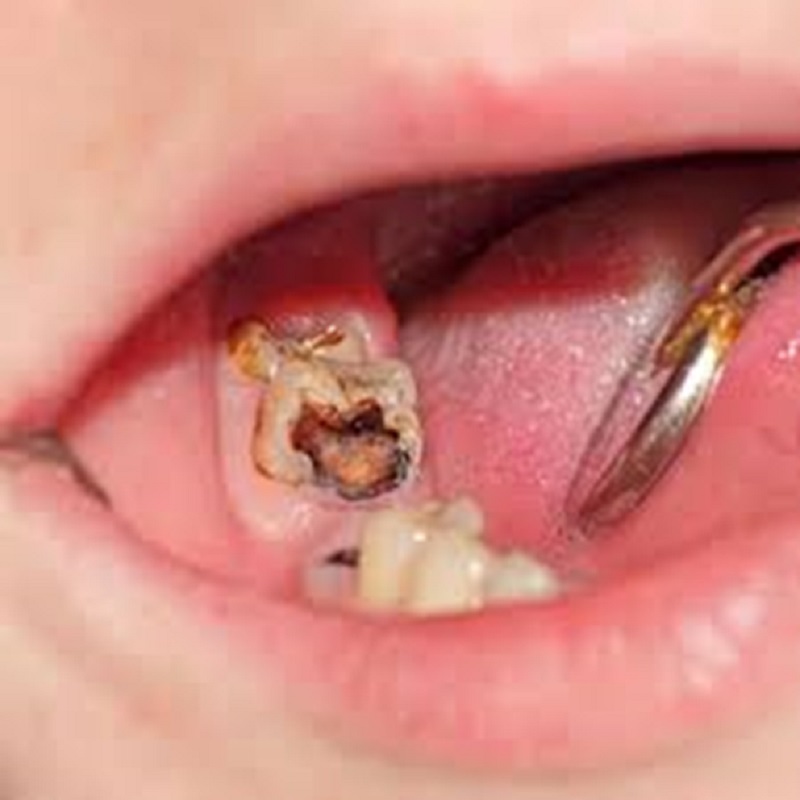All Severe Conditions That Require Tooth Extraction

There are several common reasons why tooth extraction may be necessary. The most common reasons include severely decayed teeth, advanced gum disease, dental trauma, wisdom teeth removal, and orthodontic treatment. In cases where a tooth is severely decayed or infected, saving the tooth with a root canal or other treatments may not be possible, and tooth extraction may be the only option. Similarly, advanced gum disease can lead to weakened teeth and bone loss, which may require tooth extraction. As a dentist offering tooth extraction in Newmarket says, a dental trauma, such as a broken or fractured tooth, may also require extraction if the tooth cannot be repaired. Wisdom teeth often cause crowding and misalignment and may need to be extracted to prevent further dental problems. Finally, tooth extraction may also be necessary as a part of orthodontic treatment to align teeth and improve oral health properly. Please keep reading to achieve more information in this regard.
Typical Symptoms Indicating Tooth Extraction Is Needed
Several common signs can convince your healthcare providers to perform an urgent tooth extraction. Some of these signs are as follows:
- Experiencing extensive & continued dental pain
- Swollen gum
- Jaw pain
- Suffering from life-threatening oral conditions like infected teeth or gum diseases
Sometimes, a tooth may be saved with other dental procedures, such as endodontic treatment. However, extraction may be required to prevent further damage or infection if the tooth cannot be saved. Your dental professional can guide the best action for your specific needs.
How Is Tooth Extraction Treatment Performed?
When a tooth is damaged, dentists generally try to save it, but in certain cases, extraction is the best option. This could be due to various reasons, such as the tooth being beyond repair, overcrowding issues, or the patient not being a good candidate for a root canal. The dentist will evaluate the tooth’s condition and the patient’s health history to determine if a simple tooth extraction is appropriate. The procedure involves administering local anesthesia, releasing the periodontal ligament fibers, loosening and elevating the tooth, and removing it using forceps. The patient will receive postoperative instructions for a smooth and comfortable recovery.

Top Benefits
Tooth extractions are often done to alleviate oral pain caused by a decayed or damaged tooth, not to cause more pain. A problematic tooth can negatively impact your oral health, well-being, and quality of life, making it difficult to enjoy your favorite meals without discomfort. Extracting the tooth can eliminate these issues and improve chewing ability.
Ignoring an infected tooth can result in the infection spreading to nearby teeth and gums, leading to more extensive and expensive dental procedures. Extraction may be necessary to remove the compromised tooth and protect the surrounding teeth. This approach can save time and money compared to waiting for the infection to spread and require more extensive treatments.
This procedure involves removing and replacing the problematic tooth with a dental bridge, denture, or implant to preserve your ability to bite and chew without pain. Although tooth extractions are often feared, it’s important to recognize the benefits, such as relieving oral pain. If you require a tooth extraction, it’s best not to delay and schedule an appointment with your dentist.





